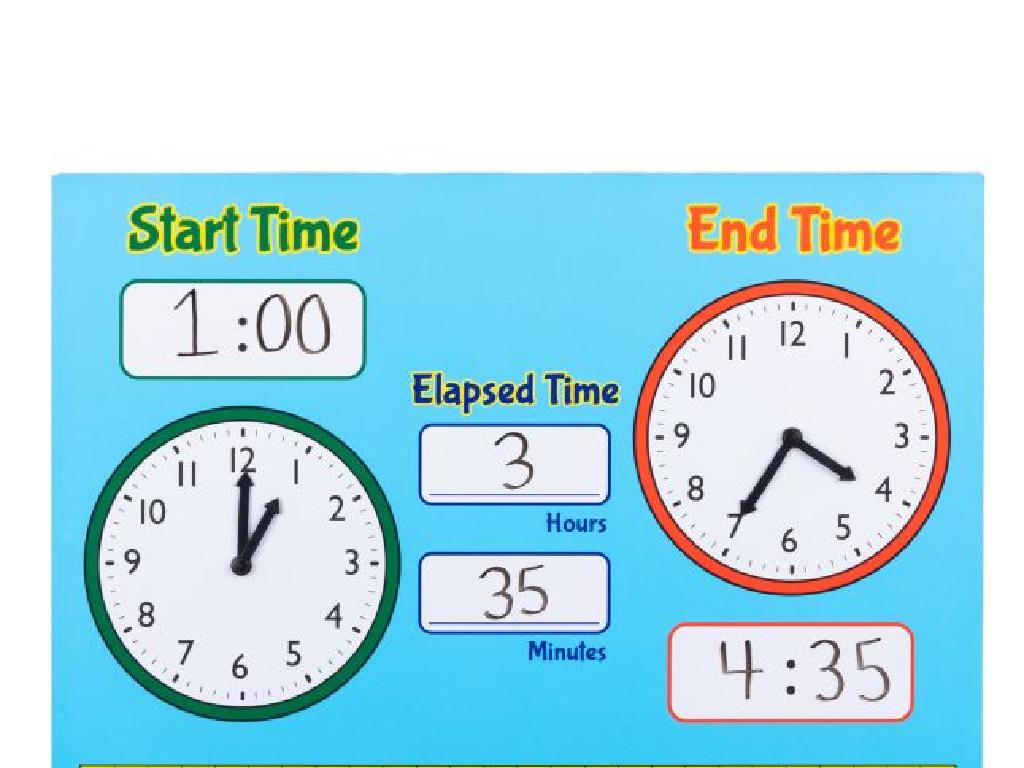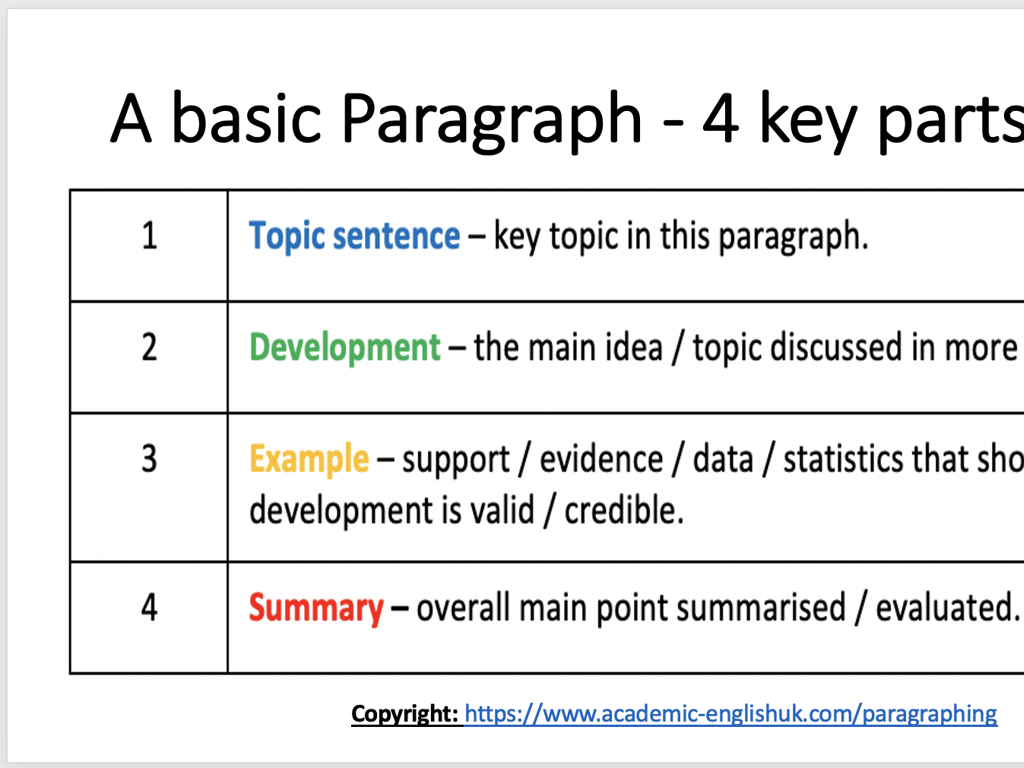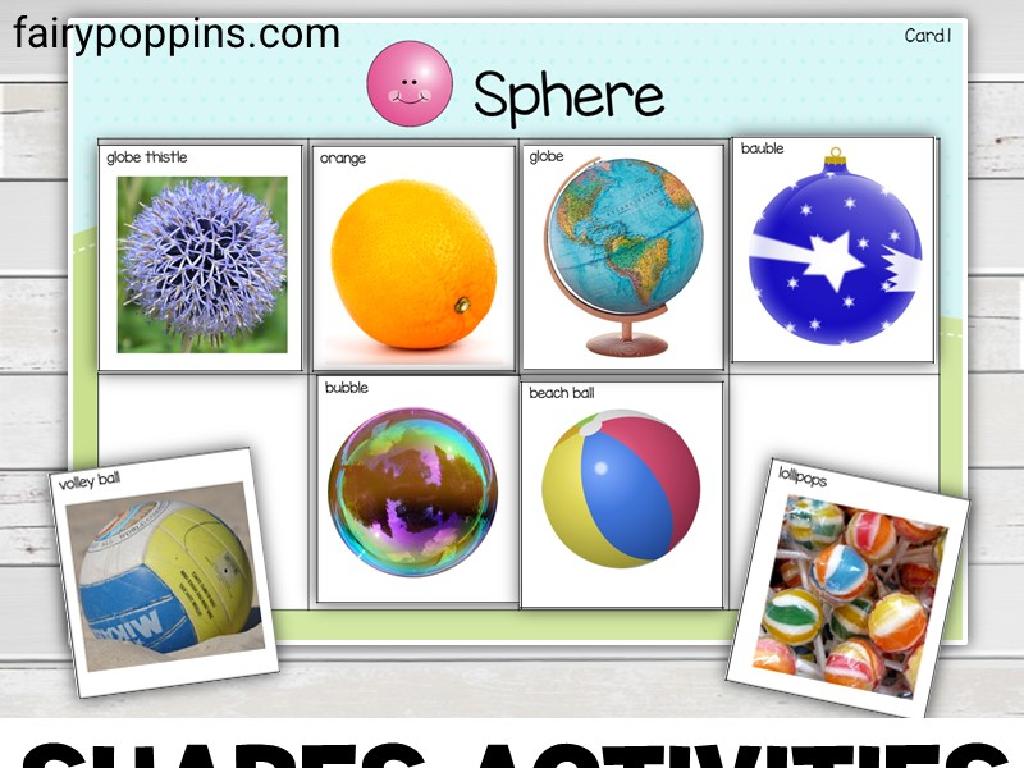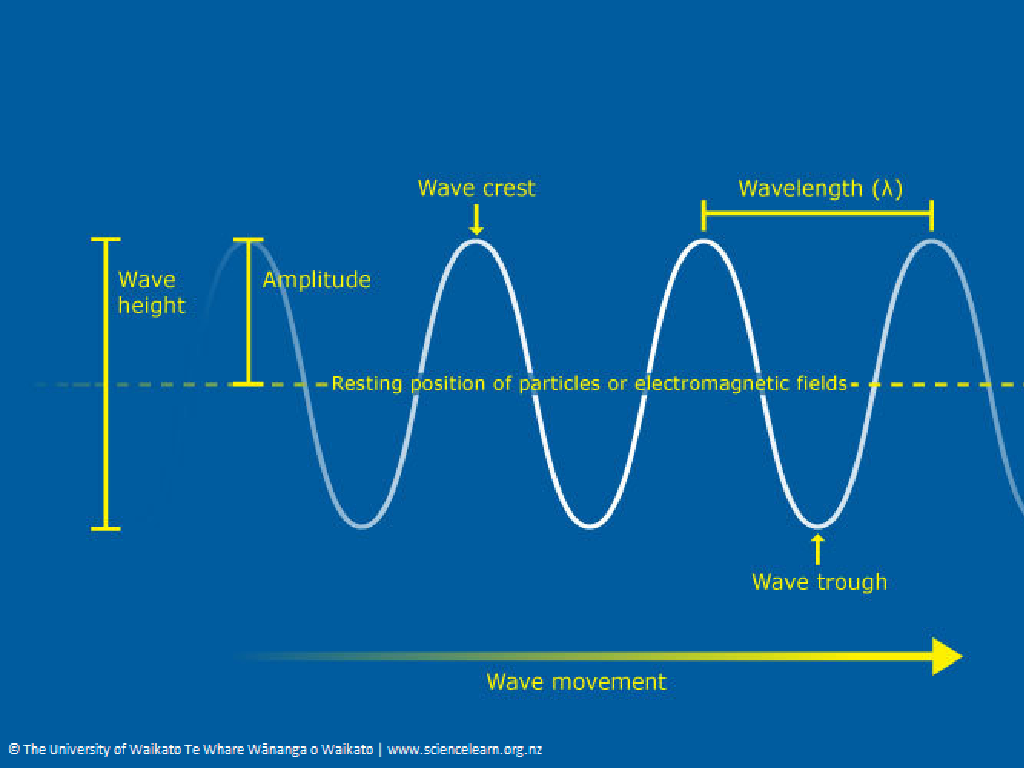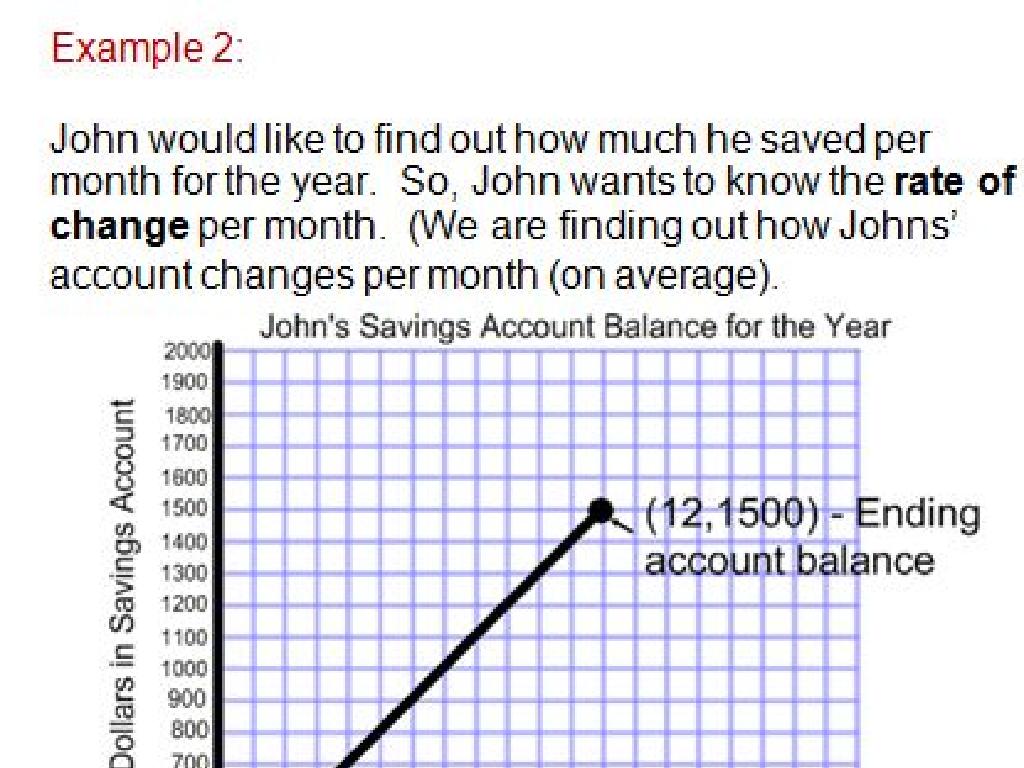Count Equal Groups
Subject: Math
Grade: Third grade
Topic: Understand Multiplication
Please LOG IN to download the presentation. Access is available to registered users only.
View More Content
Welcome to Multiplication: Counting Equal Groups
– Multiplication as group counting
– Think of multiplication as counting the total number of items in equal groups.
– Multiplication relates to addition
– Adding the same number over and over is just like multiplying.
– Each group has the same number
– For example, 3 groups of 4 apples is 3 x 4.
– Practice with real objects
– Use items like coins or blocks to make equal groups and count.
|
This slide introduces the concept of multiplication as a means of counting equal groups of items. Explain that multiplication is a shortcut for addition when we have multiple groups of the same size. Use everyday examples, such as counting apples in baskets or pencils in packs, to illustrate this point. Encourage students to visualize the groups and use physical objects to practice forming equal groups and counting them to find the total. This hands-on activity will help solidify their understanding of multiplication as repeated addition.
Understanding Equal Groups
– Equal groups have identical counts
– Real-life examples of equal groups
– Like a dozen eggs or chairs around tables
– Multiplication counts groups swiftly
– Instead of adding repeatedly, we multiply
– Practice with equal group scenarios
– How many items in 3 groups of 4?
|
This slide introduces the concept of equal groups as a foundation for understanding multiplication. Start by explaining that equal groups contain the same number of objects, which is a key concept in multiplication. Provide relatable examples, such as a carton of eggs or chairs around tables, to illustrate equal groups in everyday life. Emphasize that multiplication is a quick method to count the total number of items in several equal groups. Engage the students with simple multiplication problems that represent equal groups, such as calculating the total number of items in 3 groups of 4, to solidify their understanding. Encourage students to visualize the groups and use multiplication to find the answers efficiently.
Visualizing Equal Groups
– Draw equal groups together
– Use circles or boxes to represent groups
– Count items in each group
– If there are 5 groups with 4 items each, how many items in total?
– Notice patterns in groups
– How does changing the number of groups or items affect the total?
– Understand multiplication basics
– Multiplication is adding equal groups together
|
This slide is aimed at helping students visualize the concept of multiplication as the addition of equal groups. Start by drawing groups on the board and have students replicate this in their notebooks. Encourage them to count the items in each group and write the total number. Discuss the patterns they observe, such as how the total changes when more groups are added or when the number of items in each group increases. This will help them understand that multiplication is a faster way to add equal groups. Provide several examples with different numbers of groups and items to solidify their understanding.
Introduction to Multiplication
– Multiplication as repeated addition
– If you have 3 groups of 4 apples, that’s 3 times 4 apples, or 12!
– Understanding multiplication sentences
– ‘Groups of’ means how many times you have a number, like 5 groups of 2 stars.
– Creating our own multiplication sentences
– We’ll practice writing sentences like 2 x 3 for 2 groups of 3 cookies.
|
This slide introduces the concept of multiplication to third graders as an extension of addition. Begin by explaining that multiplication is a way to add the same number multiple times quickly. Use tangible examples like groups of apples or stars to illustrate the point. Then, show how these groups translate into multiplication sentences, such as 5 groups of 2 stars being written as 5 x 2. Encourage students to think of their own examples and write them as multiplication sentences. This will help solidify their understanding of multiplication as both an operation and a concept.
Creating and Counting Equal Groups
– Make your own equal groups
– Use objects like blocks or buttons to form groups
– Count items with multiplication
– If you have 5 groups of 4 objects, 5 multiplied by 4 equals 20
– Share your group counts
– Tell the class how many items you counted
– Understand multiplication basics
|
This slide introduces the concept of multiplication as a method for counting equal groups of objects. Students will use tangible items such as blocks or buttons to create their own groups, reinforcing the idea that multiplication is repeated addition. For example, if a student makes 5 groups with 4 objects in each, they can count by fours (4, 8, 12, 16, 20) to find the total. After creating and counting their groups, students will share their findings, allowing them to practice their multiplication and presentation skills. This activity lays the groundwork for understanding multiplication as an efficient way to count and combines visual, tactile, and social learning.
Multiplication in Everyday Life
– Multiplication around us
– Counting items like chairs in rows, or snacks in packs
– Benefits of multiplication
– Helps in quickly finding totals without counting one by one
– Student examples of multiplication
– Share your own example where you used multiplication
– How multiplication simplifies tasks
– Instead of adding the same number many times, we multiply
|
This slide aims to connect the concept of multiplication with real-world scenarios that third graders can relate to. Start by asking students where they have seen multiplication being used around them, such as in calculating total chairs in a classroom or total snacks in multiple packs. Explain how multiplication is a faster way to add the same number several times. Encourage students to discuss their own examples of when they have used or seen multiplication in their lives. Emphasize that multiplication is not just a math concept but a useful tool that simplifies everyday tasks. For the activity, students can bring examples from home or their daily life where multiplication could be applied, fostering a practical understanding of the concept.
Class Activity: Group Counting Game
– Let’s play with equal groups!
– Work in teams to make groups
– Create groups with the same number of items
– Count your groups together
– How many items in total? Practice counting by multiples
– Present groups and multiplication
– Share your groups and show how multiplication describes them
|
This interactive game is designed to help students understand the concept of multiplication through physical representation of equal groups. Divide the class into small teams and provide them with a variety of objects to create equal groups. Guide them to count the total number of items by adding the groups together. Encourage them to present their groups to the class and write a multiplication sentence that corresponds to their groups, such as ‘4 groups of 3 is 12’. This will help them visualize multiplication as repeated addition. Possible variations of the activity could include using different items to create groups, varying the number of items in each group, or having a relay race to group and count items.
Conclusion: Counting Equal Groups
– Recap: Counting equal groups
– We learned to count items grouped equally.
– Key multiplication concepts
– Multiplication is adding groups of the same size.
– Q&A session
– What questions do you have about today’s lesson?
– Reflect on today’s learning
– Think about how we use multiplication in daily life.
|
This slide wraps up the lesson on counting equal groups as a foundation for understanding multiplication. Begin by summarizing the process of counting items that are arranged in equal groups, emphasizing that multiplication is a way to make this counting faster and more efficient. Review key concepts such as the terms ‘product’, ‘factor’, and ‘group size’. Open the floor for a Q&A session to address any uncertainties and reinforce learning. Encourage students to reflect on what they’ve learned and how multiplication might be useful in their everyday activities, such as determining the total number of items when they have several groups of the same number of items.
Homework Challenge: Exploring Equal Groups
– Find equal groups around your home
– Look for items arranged in equal sets, like 4 sets of 2 apples.
– Create a multiplication sentence
– If you have 3 rows of 5 toys, write it as 3 x 5.
– Write down your findings
– Share with the class next time
|
This homework task is designed to help students recognize and understand the concept of equal groups as a foundation for multiplication. Encourage them to find real-life examples of equal groups, such as a carton of eggs or a pack of juice boxes. They should then translate these groups into multiplication sentences, reinforcing the idea that multiplication is repeated addition. Remind them to be creative and look for a variety of examples. In the next class, students will have the opportunity to share their findings, fostering a collaborative learning environment where they can learn from each other’s examples.

